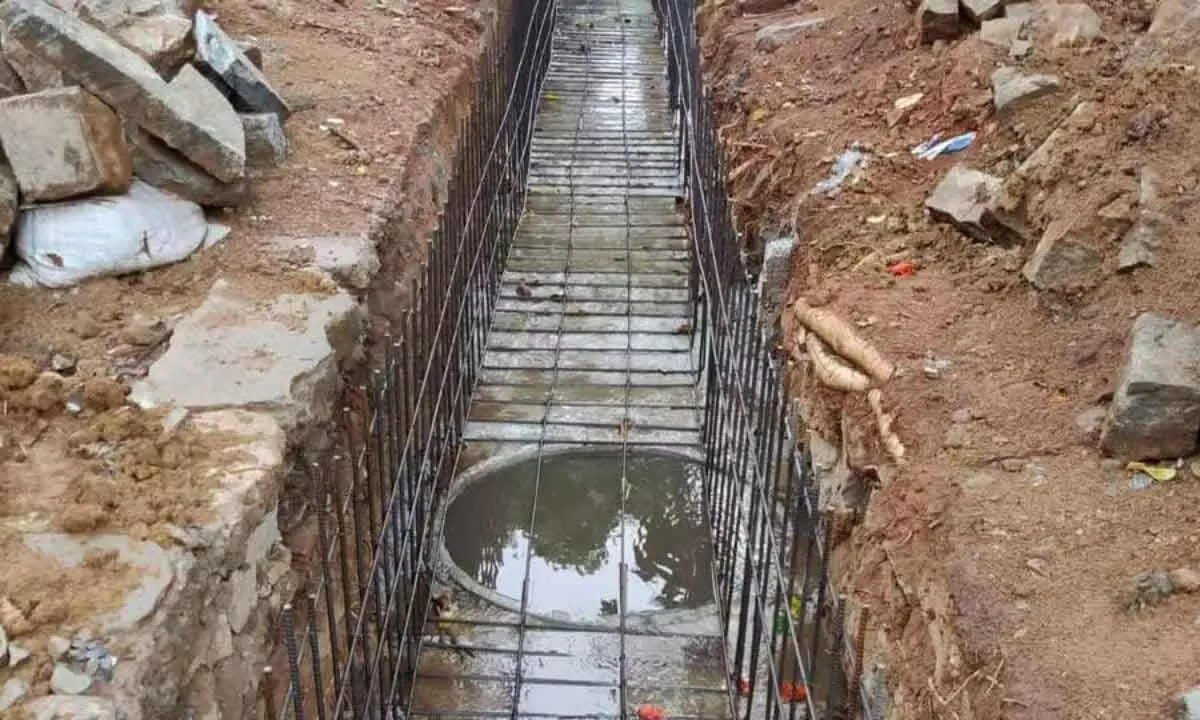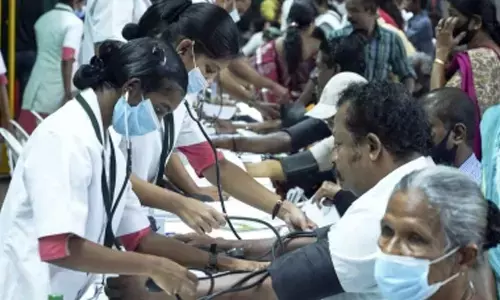Groundwater on B'luru outskirts contains high levels of radon

Bengaluru: Researchers from the Indian Institute of Science came together for a training programme on "Health in a Changing Climate: Empowering Health Professionals" and discovered that some areas on the outskirts of Bengaluru have groundwater with a high radon content that is utilised for drinking. Granites that are radioactive emit this radon. Long-term exposure to radon can increase the likelihood of acquiring lung cancer.
Experts claim that uranium spontaneously decays into radon and radium through radioactive processes.
According to the researchers' initial findings, the level of radon is 50 to 100 times higher than the permissible limit of 11.1 Bq per litre. The study of radon in drinking water has received more attention as a result of this revelation.
While uranium's presence affects the urinary tract and increases the risk of kidney cancer, radon's presence in the air and water damages lung tissues. The researchers realised that the uranium level might be high because radon is naturally produced from uranium. They discovered high uranium concentrations in groundwater in the Bengaluru outskirts including Chikkaballapur, Kolar, Chintamani, and Pavagada.
According to researchers, certain areas of the city's outskirts have uranium levels in water that are up to 8,000 micrograms per litre, exceeding the permissible limit of 60 micrograms per litre. It varies between 5,000 and 6,000 micrgrams per litre in Chikkaballapur, Kolar, and Chintamani. According to Srinivasan, "the amount of radon is being examined as it is a topic of concern."
If the area is properly ventilated, radon in the air shouldn't be a significant concern. According to Prof. R Srinivasan of the Divecha Centre for Climate Change (DCCC), IISc, it shouldn't start building up indoors.
While the presence of uranium affects the urinary tract and increases the risk of kidney cancer, the presence of radon damages lung tissues and causes lung cancer.
Dr. H. Paramesh, Professor at DCCC and Consultant for the World Health Organization, also stated that preliminary research indicated Chikkaballapur to have uranium levels over 1,000, compared to the permissible values of 30–60 micrograms per litre.
It's interesting that while some former Groundwater Board officials have researched the existence of radon in water, currently employed officials acknowledged that they had not pursued additional research on the subject.
According to Srinivasan, consideration is also being given to how to dispose of treated waste water because it too contains a lot of uranium. Studies on the wastewater produced by reverse osmosis (RO) units have revealed a high Uranium level, which he indicated is a cause for concern. Additionally, according to researchers, the region's rocks contain uranium in the form of minerals like pitchblende, zircon, and monazite.
















